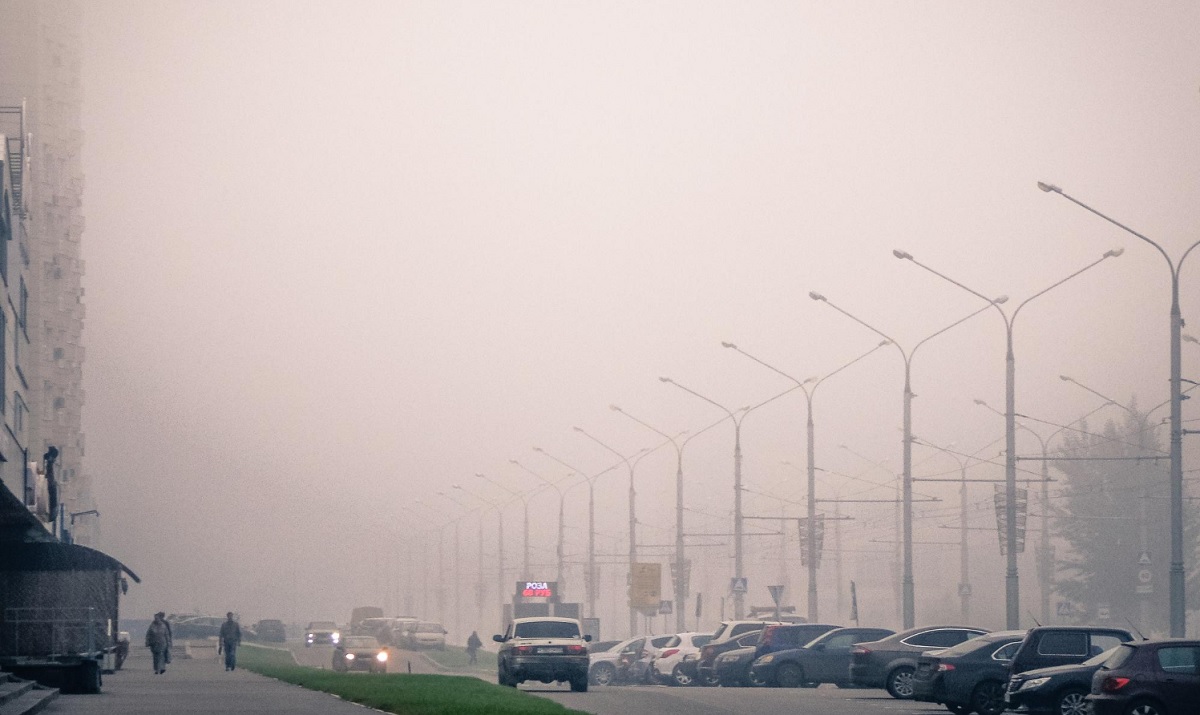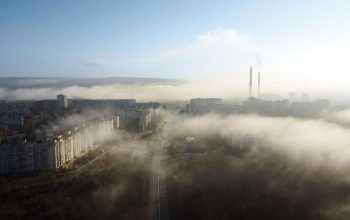Air quality forecast plays a crucial role in informing individuals and communities about the current and future air pollution levels in their area. Understanding air quality forecasts can help people make informed decisions about outdoor activities, health precautions, and environmental policies.
Understanding air quality forecasting
Air quality forecasting involves the use of data from various sources, including ground-based sensors, satellite observations, and computer models, to predict the levels of air pollutants such as particulate matter, ozone, and nitrogen dioxide in the atmosphere.
These forecasts typically cover a specific time period, ranging from a few hours to several days, and are presented in the form of maps or indices that indicate the severity of air pollution.

Airly is a platform that gathers data on air quality from sensors deployed worldwide. It creates air quality forecasts that show the air quality in a given city. These forecasts provide valuable information for individuals, communities, and policymakers to take proactive measures to protect public health and the environment.
Understanding smog and its causes
Smog is a type of air pollution that occurs when pollutants such as nitrogen oxides, volatile organic compounds, and particulate matter react with sunlight to form ground-level ozone and fine particles. Smog can have serious health effects, including respiratory problems, cardiovascular diseases, and premature death.
Understanding the causes of smog is essential for developing effective strategies to reduce air pollution and improve air quality.

Smog is primarily caused by emissions from vehicles, industrial facilities, power plants, and agricultural activities. Other factors, such as weather conditions, topography, and urbanization, can also influence the formation and dispersion of smog. Common sources of smog-forming pollutants include:
- Vehicle emissions: One of the primary contributors to smog formation is emissions from vehicles. Combustion engines in cars, trucks, and buses release pollutants such as nitrogen oxides (NOx) and volatile organic compounds (VOCs) into the atmosphere. These pollutants react with sunlight and other chemicals to form ground-level ozone and fine particulate matter, which are key components of smog.
- Industrial activities: Industrial processes, including manufacturing, power generation, and chemical production, release large amounts of pollutants into the air. Emissions from factories and power plants contain sulfur dioxide (SO2), nitrogen oxides (NOx), and particulate matter (PM), which can contribute to smog formation when they react with sunlight and other pollutants in the atmosphere.
- Urbanization: Rapid urbanization and population growth in cities lead to increased emissions from vehicles, industrial activities, and energy consumption. As a result, urban areas often experience higher levels of air pollution and smog compared to rural areas. Urban sprawl, traffic congestion, and the concentration of industrial facilities exacerbate air quality issues and contribute to smog formation.
- Weather conditions: Certain weather conditions, such as stagnant air masses, temperature inversions, and low wind speeds, can exacerbate smog formation by trapping pollutants close to the ground. During periods of atmospheric stability, pollutants emitted from various sources accumulate near the Earth’s surface, leading to the buildup of smog and poor air quality.
- Geographical factors: Topography and geographical features can influence the formation and dispersion of smog. Mountain ranges, valleys, and coastal areas may experience higher levels of smog due to the trapping of pollutants and the influence of sea breezes. Geographic barriers can also affect the transport of pollutants and contribute to localized air quality problems.

Importance of air quality forecast for health
Air quality forecasts provide valuable information about the concentration of air pollutants in a specific area, helping individuals and communities take appropriate actions to protect their health. For people with respiratory conditions such as asthma, COPD, or allergies, knowing the air quality forecast can help them plan outdoor activities, avoid exposure to high levels of pollutants, and take necessary precautions to prevent exacerbation of their symptoms.
Air quality forecasts are particularly important during periods of poor air quality, such as smog events or wildfires, when the concentration of pollutants is elevated. By staying informed about air quality forecasts, individuals can reduce their exposure to harmful pollutants and minimize the risk of respiratory problems, cardiovascular diseases, and other health effects associated with poor air quality.




